Bedlam: The Real Horror Story Of The Bethlem Royal Hospital

Learn about the real Bedlam, the Bethlem Royal Hospital insane asylum so notorious that it entered the English language as a word for confusion and disorder.
If you were to visit the Bethlem Royal Hospital circa the 15th Century, it would look like a scene out of American Horror Story. Bethlem was the only institution in Europe that handled society’s “rejects”–namely the mentally or criminally ill–for the vast majority of European history.
It did not, however, treat patients with a kind and affirming hand. Quite the opposite happened: patients were subjected to horrendous cruelty, experimentation, neglect and humiliation — all of which was entirely socially acceptable up until the 20th century.
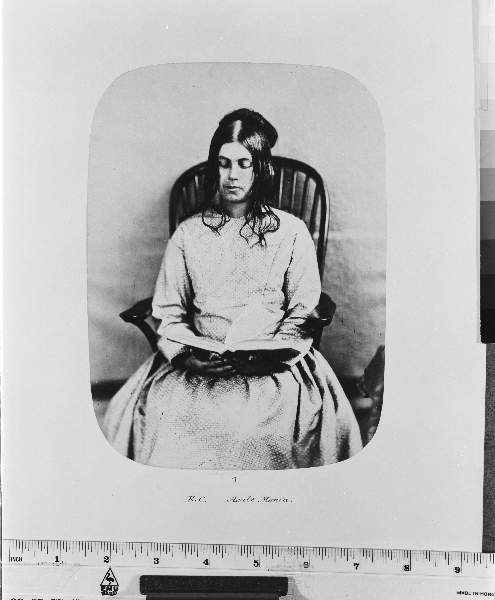
Eliza Camplin — admitted for acute mania.
The term “bedlam”, defined as “chaos and confusion”, was coined as a descriptor for the Bethlem Asylum during the height of its chaos in the 18th century. Founded in 1247, it was the first hospital of its kind in Great Britain. Never before had there been a place for the mentally infirm, disabled and criminally-minded to be adequately locked away from society.
While patients came to Bethlem suffering from complaints such as “chronic mania” or “acute melancholy”, people were just as likely to be admitted for crimes such as infanticide, homicide and even “ruffianism”.
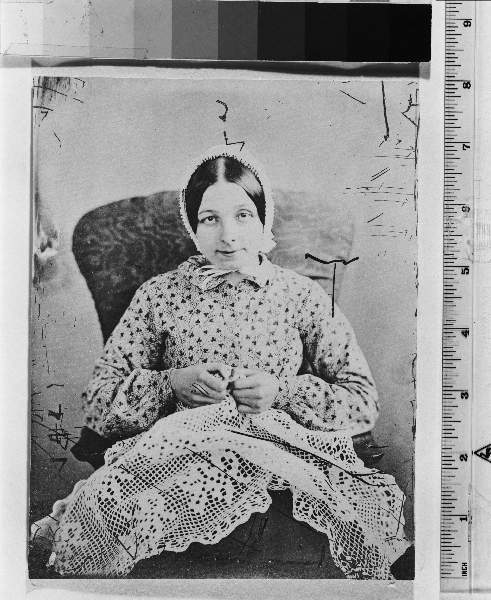
Elizabeth Thew, admitted after committing infanticide.
Being admitted to Bedlam, as it was called, didn’t necessarily mean a person was well on their way to being rehabilitated, since “treatment” implied little more than isolation and experiment.
If the patient managed to survive the asylum at all, they and their families were typically worse for the wear by the end of their stay. Patients were subjected to “treatments” such as “rotating therapy” wherein they were seated in a chair suspended from the ceiling and spun as much as 100 rotations per minute.
The obvious purpose was to induce vomiting, a popular purgative cure for most ailments during this period. Incidentally, the resulting vertigo in these patients actually contributed a large body of research to contemporary vertigo patients. Their dizziness, it seems, was not all for naught.
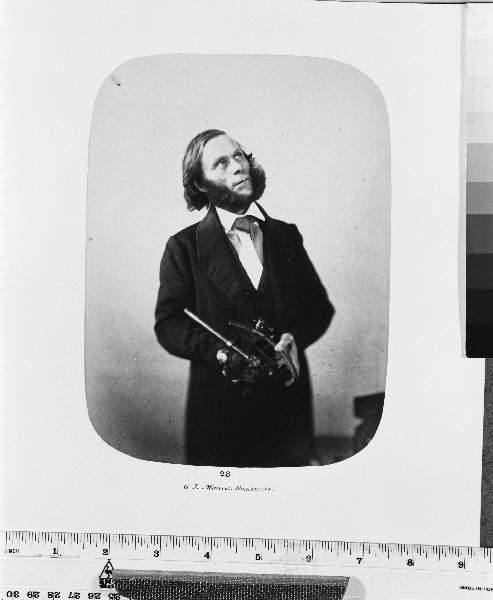
George Johnson, found guilty of homicide.
Beyond social mores of the time, a lack of funding can explain why Bethlem became Bedlam. The asylum was a poorly-funded government institution heavily reliant upon the financial support of a patient’s family and private donors.
Of course, the vast majority of those who found themselves at Bedlam had not come from wealth or even the middle class. Patients were often poor, uneducated and had been victimized not only by whatever mental infirmities they possessed, but a society that was repelled by them.
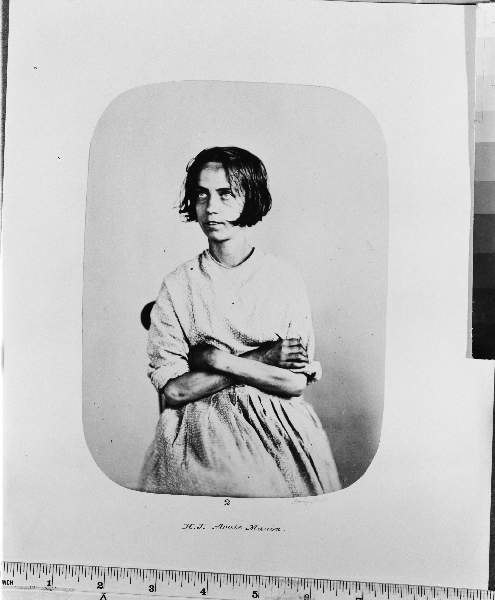
Harriet Jordan, admitted with acute mania.
In fact, by the 18th century, Bedlam had become less a hospital and more a circus side show, and for a pretty straightforward reason: “freaks” made money. People came from all over to see the patients, some even arranging holidays around it.
Of course, none of them were actually “freaks”, but since Bedlam was so fiscally reliant upon the money guests would pay to see them, patients were certainly driven to behave as though they were mad.
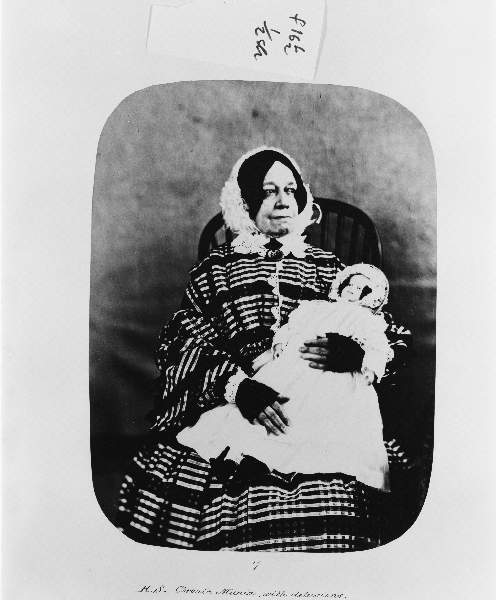
Hannah Still, admitted with chronic mania and delusions.
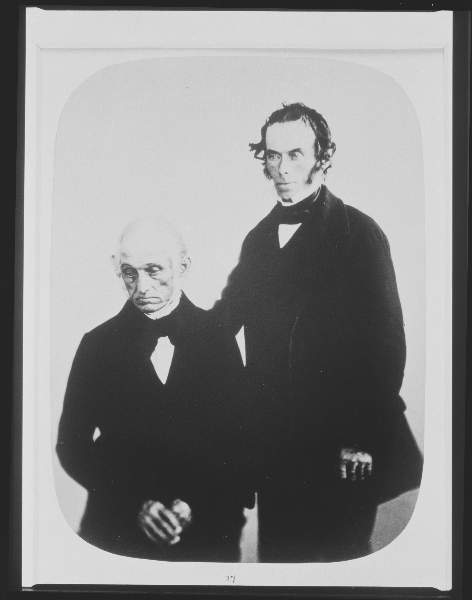
Father and Son John and Thomas Bailey, admitted simultaneously for acute melancholia.
By the mid 1800s, a man named William Hood became physician in residence at Bedlam and wanted to completely turn the institution around. He hoped to create actual rehabilitation programs, which would serve the hospital’s patients rather than the administrators.
The “Bedlamites”, as they were nicknamed, had been subjected to horrific treatments, both experimental and some downright cruel, and were often desired only for the study of their corpses. Others were simply thrown into a mass grave on Liverpool Street, which was only discovered a few years ago.
During World War 2, Bethlem Royal Hospital was moved to a more rural location, which was meant to improve the quality of life for patients. The move also helped rid the institution of its horrendous legacy. Though, thanks to the Museum of the Mind archives, we are able to get a glimpse of the haunted faces of Bedlamites.
Many of them were photographed upon their admission, with a note or two about their “diagnosis.” One wonders, looking at these photos today, how many of these patients survived Bedlam — and if they did, if any of them were ever truly well again.

Eliza Josolyne — admitted for acute melancholia.
No comments: